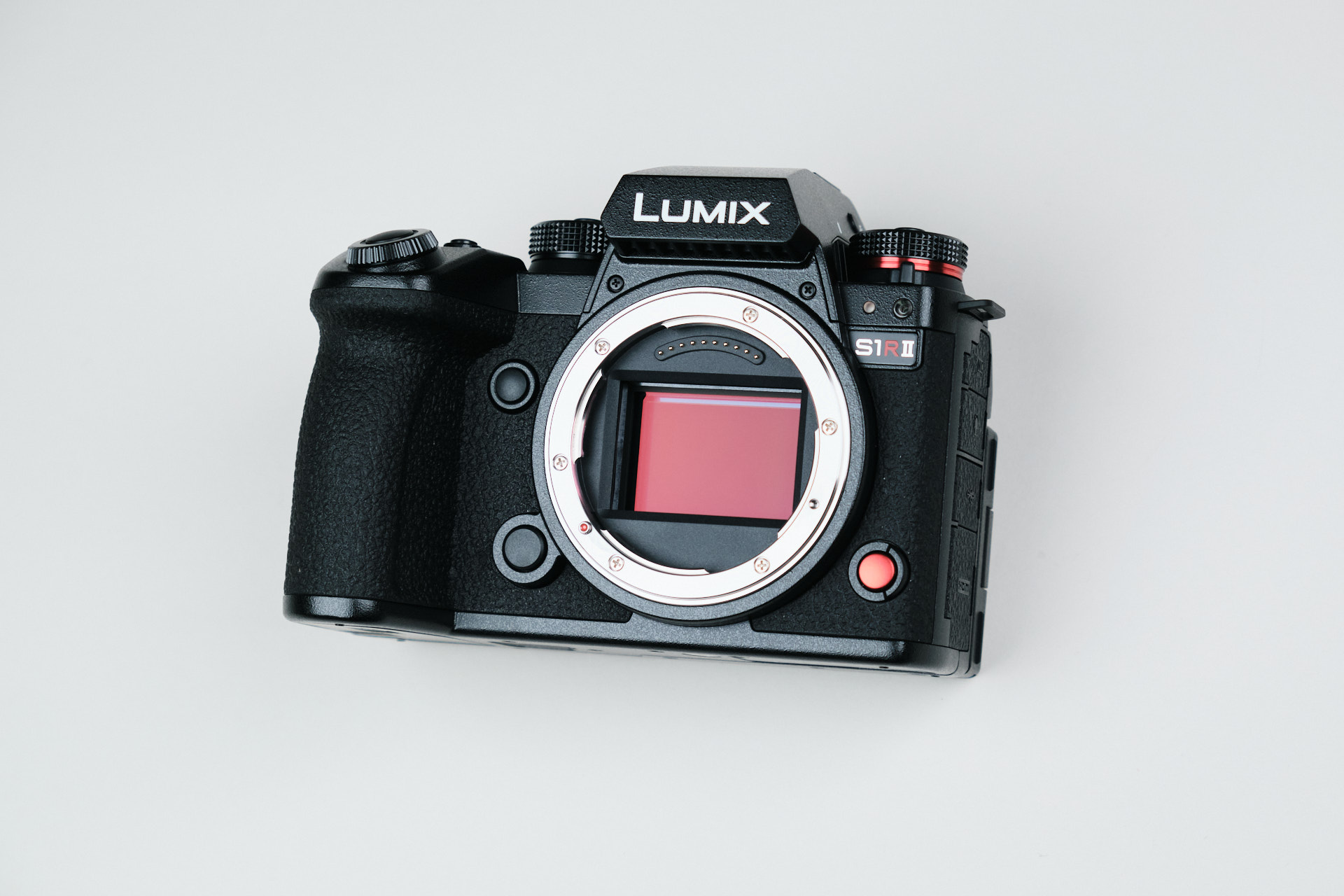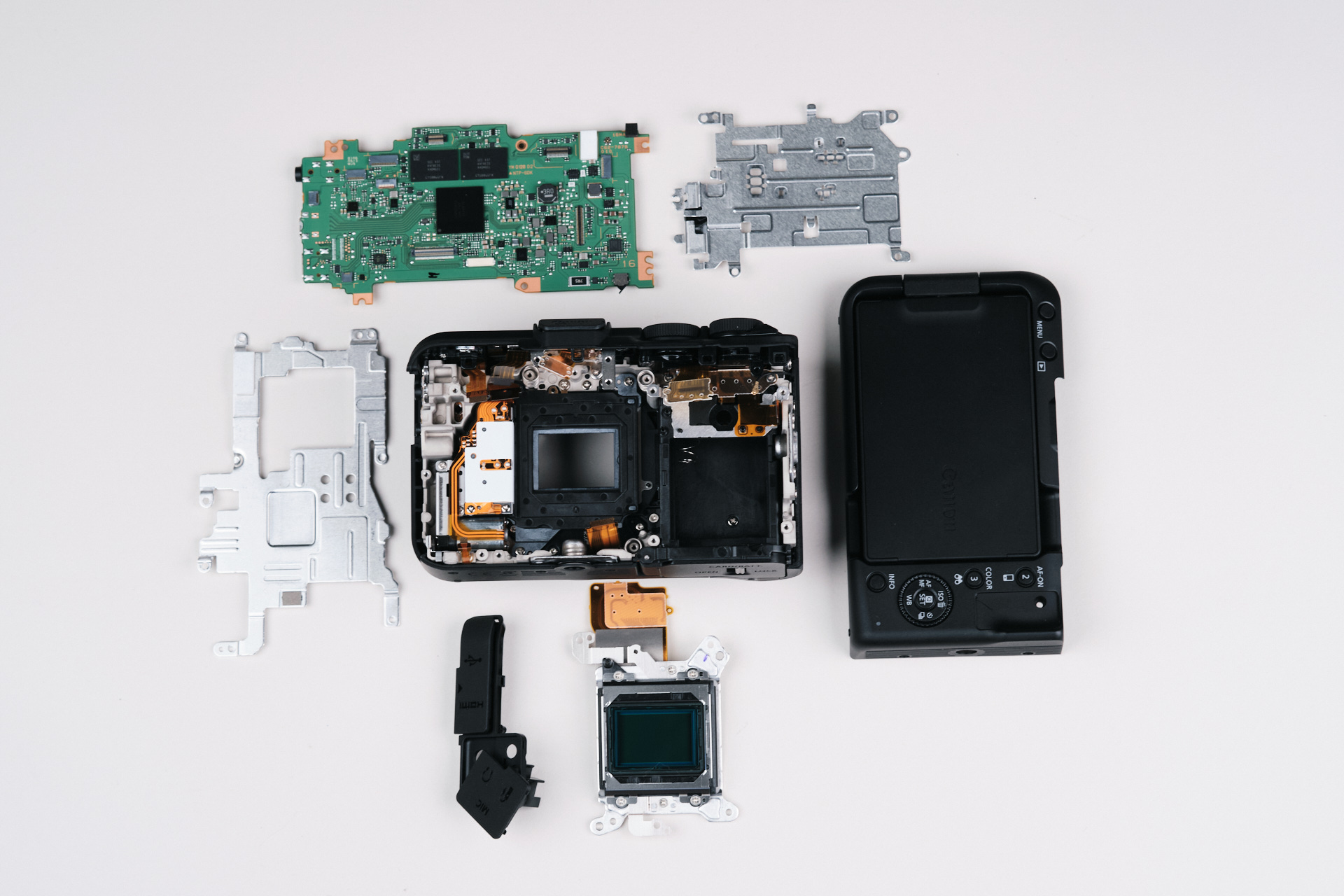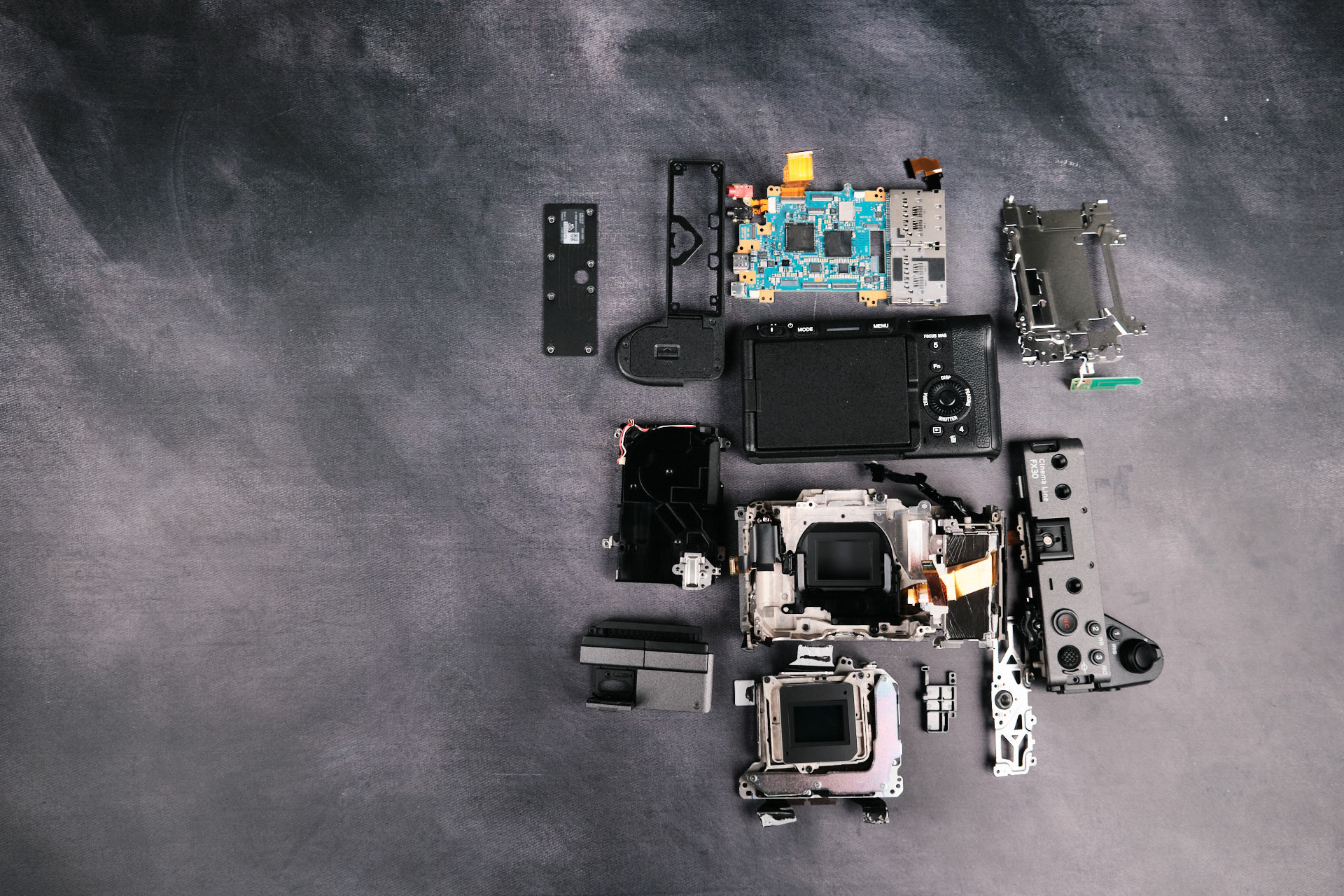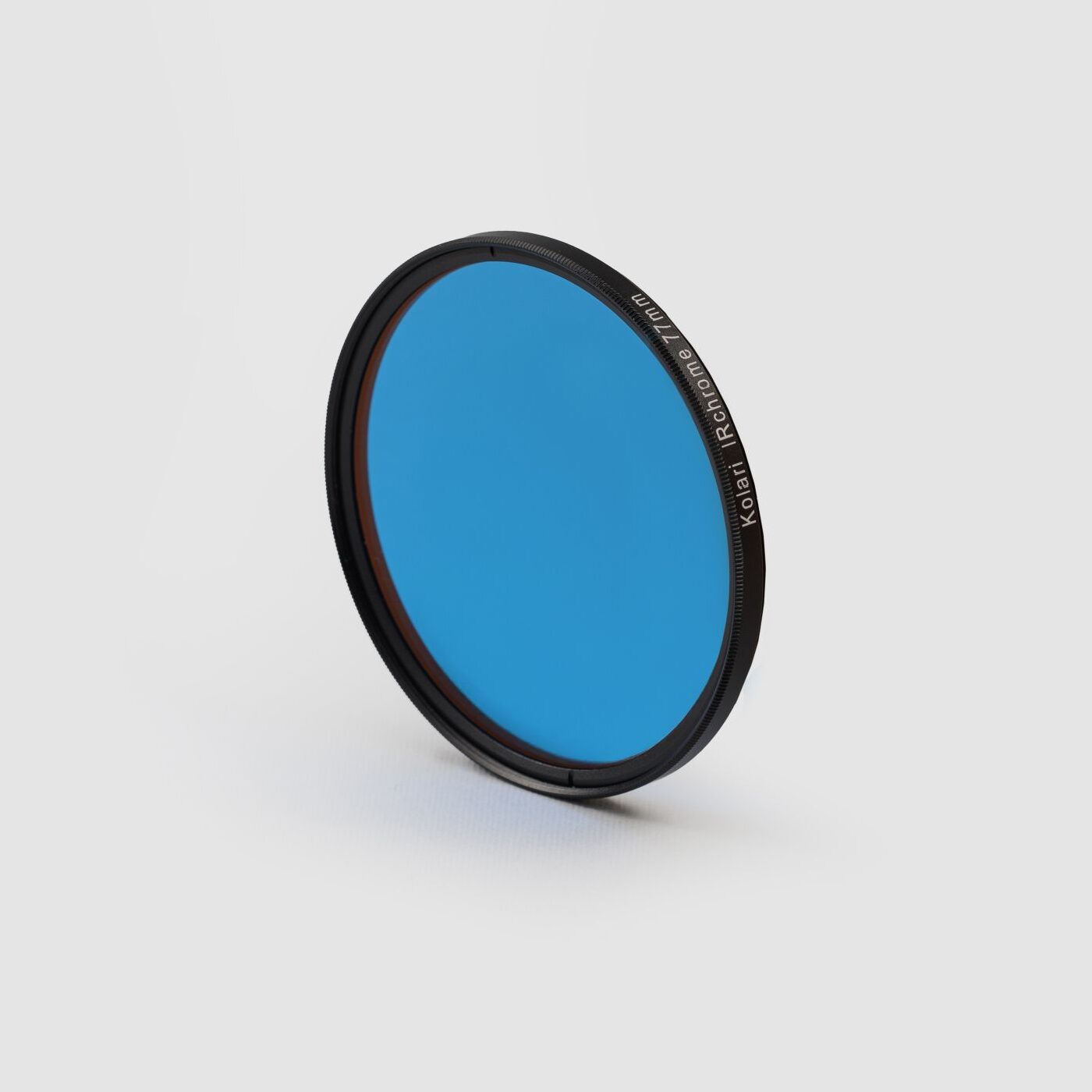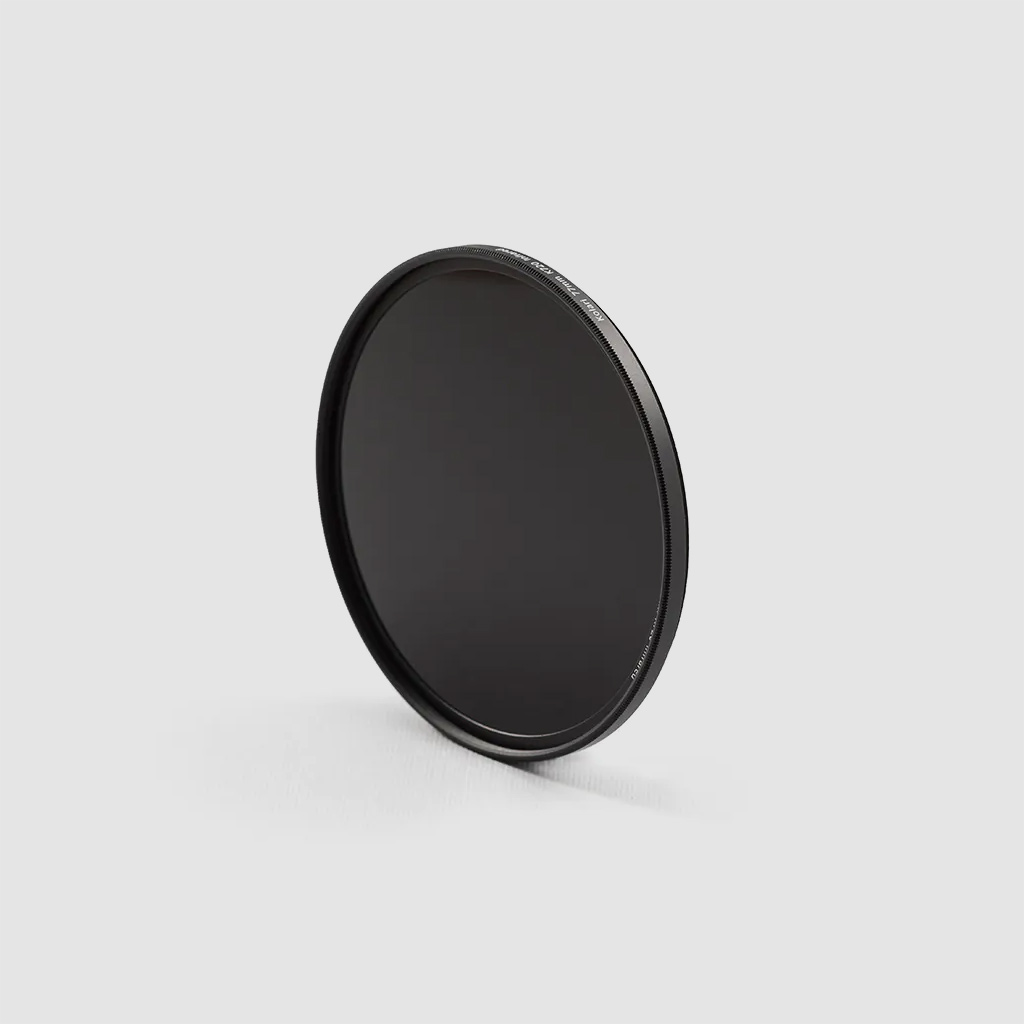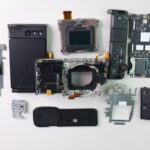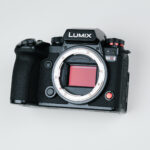Dune: Part II (2024) Claims Oscars for Best Visual Effects and Best Sound at the 97th Academy Awards
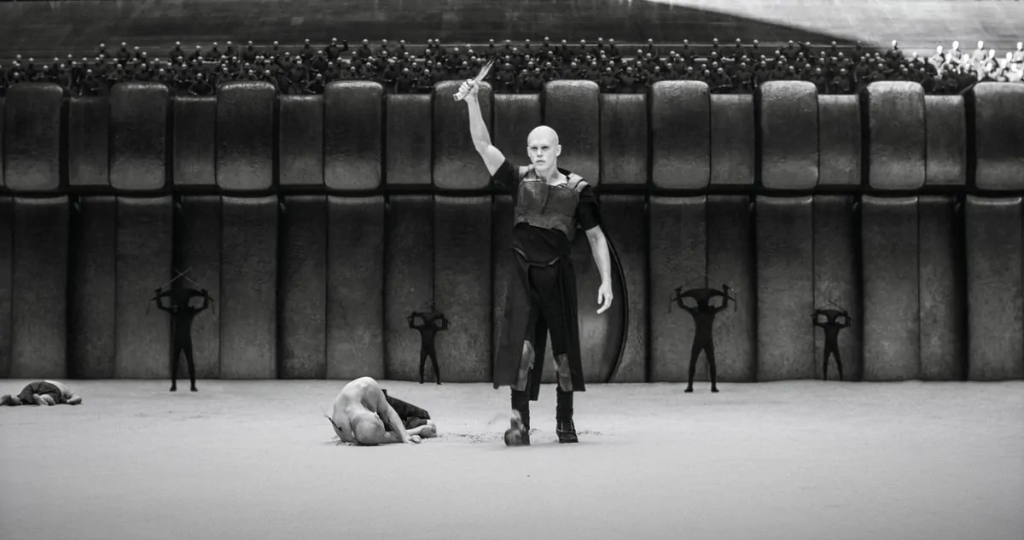
On Sunday, March 2, 2025, Dune: Part II (2024) won several Oscar nominations in multiple categories at the 97th Academy Awards. The film was nominated in five categories, which included Best Picture, Cinematography, Sound, Production Design, and Visual Effects. Of those awards, Dune: Part II received the win for Best Visual Effects and Best Sound.
This is a major milestone for infrared cinematography in contemporary media, as the film has gained recognition among creatives in the film industry for its techniques in infrared filming and has inspired creatives to start shooting in infrared—you can learn how the filmmakers achieved their stunning infrared shots in our article about achieving the “Harkonnen Effect.”
Why This is a big Deal
Although it’s a growing industry, infrared is still a rather niche genre in photography and film spaces. There are only a handful of infrared uses in movies (which we will discuss in the next section of this article), and the genre has not previously received such attention, regardless of the accolades or otherwise. Dune: Part II is the first film to use infrared and make it to one of the highest stages of recognition in the film industry. This puts infrared cinematography in the limelight for general audiences to witness and appreciate.
For those who aren’t in the know, infrared photography captures light wavelengths beyond the visible light spectrum of 400nm–700nm (purple to red). Infrared light exists beyond 700nm, which is invisible. Going past the infrared spectrum (around 1000nm) lands you in microwave, radar, and radio wave territory.
Dune: Part II and their use of infrared in cinematography and VFX
Here at Kolari, we were extremely excited to see infrared represented by one of the most incredible films of 2024 when Dune: Part II was released in theaters. It being a part of the Cinematography and Special Effects categories is monumental for highlighting the possibilities of infrared shooting. Achieving the otherworldly look with infrared is a feat in itself, especially since it was done via practical effect and not VFX (although there may have been some aspect of VFX used, the effect shown on the Harkonnen homeworld is entirely infrared).
In the books, the Harkonnen homeworld Geidi Prime is described as a poisonous and industrialized world. Such a world was perfectly captured with infrared since subjects—namely tree foliage, skies, skin tones, and clothing—look vastly different than normal because they react differently to infrared light. In the case of the film, cinematographer Greg Fraiser took advantage of black and white infrared to fully conceptualize a high contrast, surreal atmosphere of an extraterrestrial planet and its villainous inhabitants.
Where can you see infrared being used in other media?
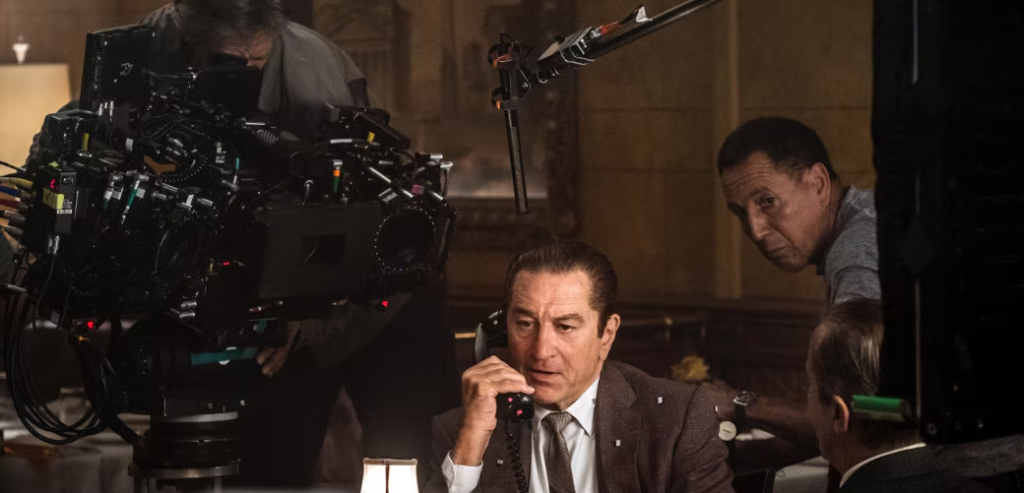
Dune: Part II is a major player in placing infrared in the forefront of contemporary cinematography. However, that’s not to say it is the only film that has done so. In fact, cinematographer Greg Fraiser has a history of using infrared in previous films. In Star Wars: Rogue One (2016), infrared was used to aid in VFX; Zero Dark Thirty (2012) saw some infrared use after experimentation with different filming techniques, which led to its use in Dune: Part II.
Infrared is most known for its visual color-changing aesthetics on landscapes and skin tones, but it also has other practical uses. Cinematographer Hoyte van Hoytema used it in Ad Astra (2019) and Nope (2022) to help aid in sky VFX. The visual effects team of The Irishman (2019) was able to use infrared lighting and texture analysis to create younger-looking versions of the actors. More recently, Wes Ball utilized infrared tracking technology during Kingdom of the Planet of the Apes to precisely capture the movement of its actors wearing motion-capture suits, further showcasing the technology’s versatility in filmmaking.
Other Notable areas that use infrared visuals include the cover art for Jimi Hendrix’s album Electric Ladyland (1968).
Kolari has been supporting infrared shooting in the cinema space for years
We’re proud to be in the forefront of infrared photography, and as a result of collaborating with ARRI and Lucasfilms, our infrared filters have made its way into high-level cinematography including The Irishman (2019), Nope (2022), and of course, Dune: Part II (2024). We have provided infrared camera conversions and infrared filters for creatives, and we continue to collaborate and support productions and cinematographers with a willingness to spearhead custom solutions for projects and providing a platform for photographers and videographers to share their work.
How do You start filming infrared?
Film studios have the budget to cover the costs of shooting infrared, which usually consists of the camera itself, IR conversion services, infrared-compatible lenses, along with other useful equipment like infrared lighting, dedicated costume and makeup design. Most people don’t have the same budget to shoot on that level, but there are still many options out there that allow them to shoot infrared. Kolari offers various rental kits and services for creatives to get a start on IR.
Kolari provides IR camera conversion services and for many point-and-shoot, mirrorless, and cinema cameras. Our budget-friendly Kolari Pocket ZS kit is a great starting point for infrared shooting.
